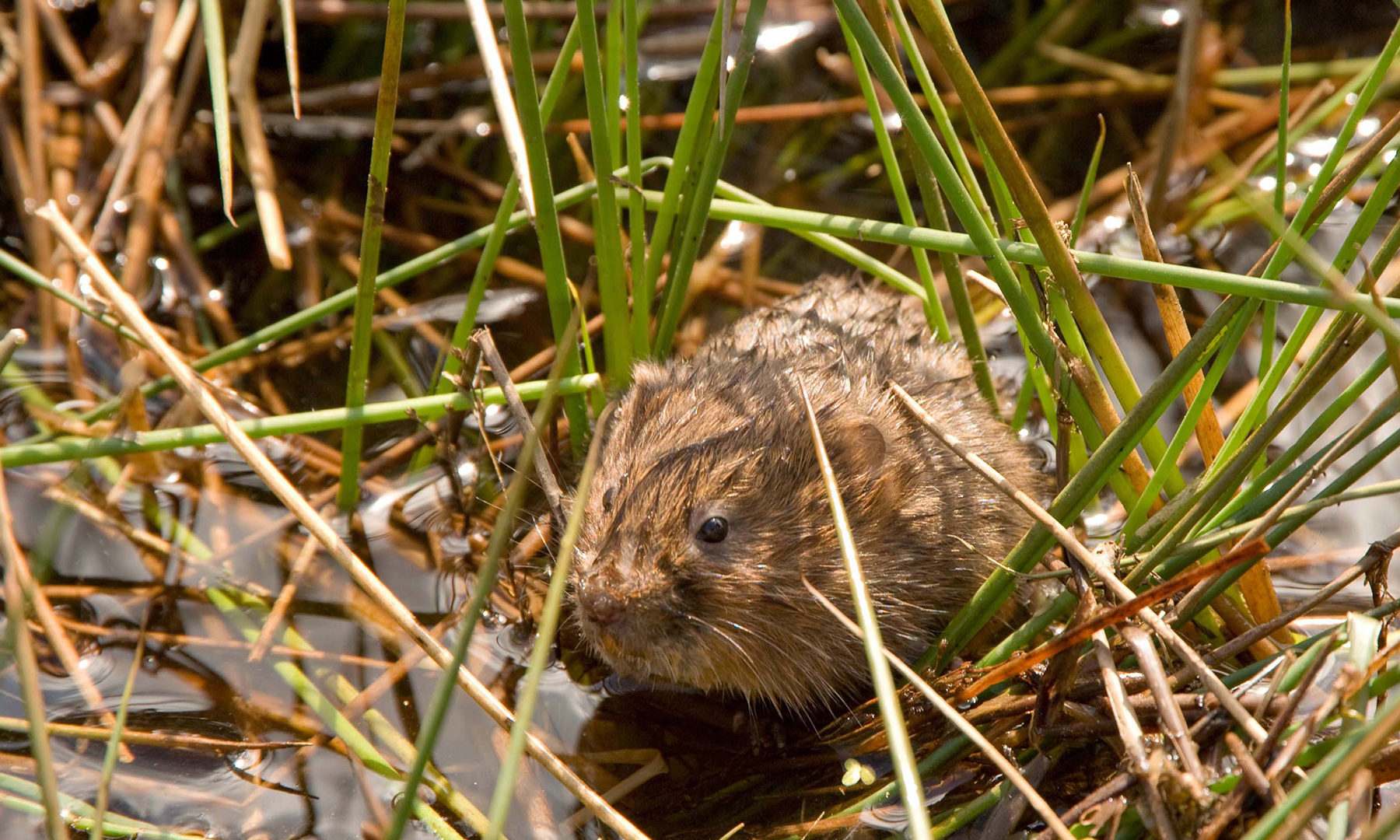
Habitats
A tapestry of habitats
From the arctic-alpine highlands found in the Cairngorms, to the blanket bogs of Dartmoor, the UK’s National Parks are a rich tapestry of different landscapes and environments.
Up to 80% of the country’s priority conservation habitats are within National Parks, providing havens for important wildlife including birds, mammals, insects and plants.
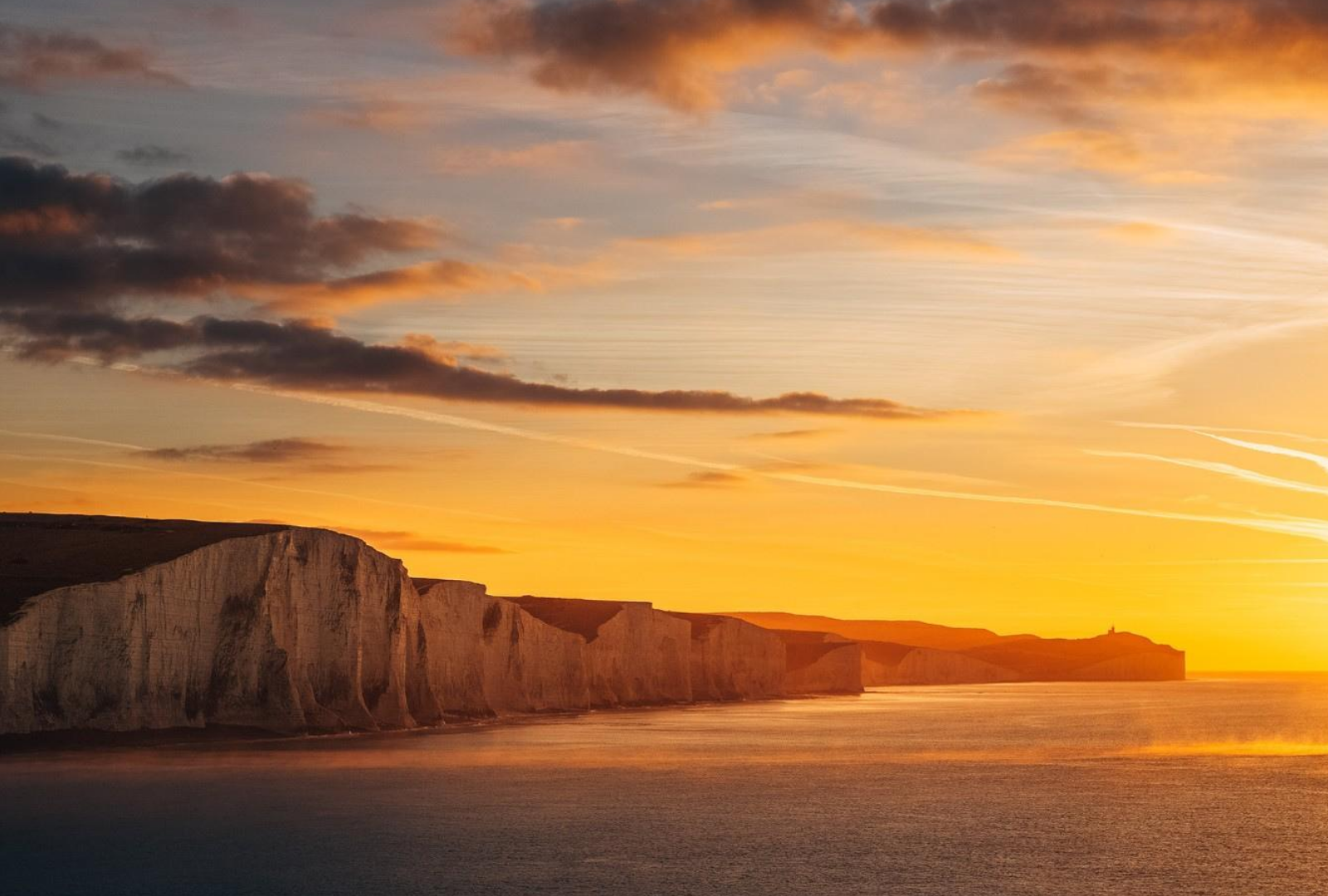
Habitats across the UK's National Parks
Overview
Woodlands and forests
Woodlands and forests are incredible landscapes that have a wider range of plants and animals than any other habitat in the UK. Trees are home to a huge number of plants, insects, fungi, mosses, lichens, birds and small animals, which all provide food for other animals higher up the food chain.
Wetlands, lakes and rivers
From babbling mountain streams, to the largest lake in Britain, our National Parks are rich in different freshwater habitats that are teeming with wildlife.
Water lilies and reeds grow in the water, salmon and trout swim in the rivers and dragonflies fly over the lakes. Otters and water voles make homes in the riverbanks, and our native kingfishers and dippers are joined by dozens of migrant birds who stop over on the wetlands.
Meadows and grassland
Meadows and grassland are incredibly important for wildflowers, insects, birds and even small mammals. These fragile habitats are becoming increasingly threatened due to intensive agriculture and building developments. We help farmers manage their fields to encourage biodiversity.
Heathland and moorland
Often dominated by beautiful purple heather, these wild landscapes are an iconic feature of our National Parks and one of the most extensive habitats found within them. Heathland and moorland are one of the most important for combating climate change as their peat soils lock in carbon dioxide. They are mostly man-made and although they may seem rugged and sparsely populated, they are home to a variety of important wildlife.
Did you know?
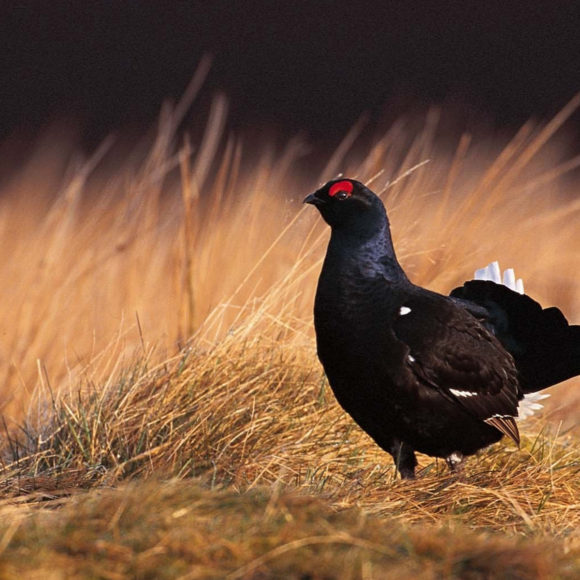
Habitat management
National Park Authorities aim to protect existing habitats, restore lost habitats and create new ones. Partnership working is an important part of this and we often work with other organisations including the Wildlife Trusts, RSPB and National Trust, as well as local communities and landowners.
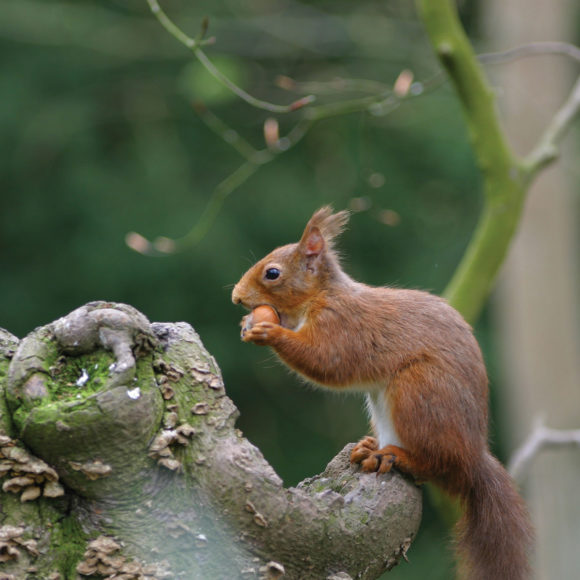
Freshwater habitats
There are a variety of ways we look after our wetlands, lakes and rivers. We use innovative machines to maintain and clear lakes, we manage plants and fence in cattle and sheep: all of which helps create thriving habitats and diverse ecosystems. We are helped by local farmers, fishermen and thousands of volunteers.
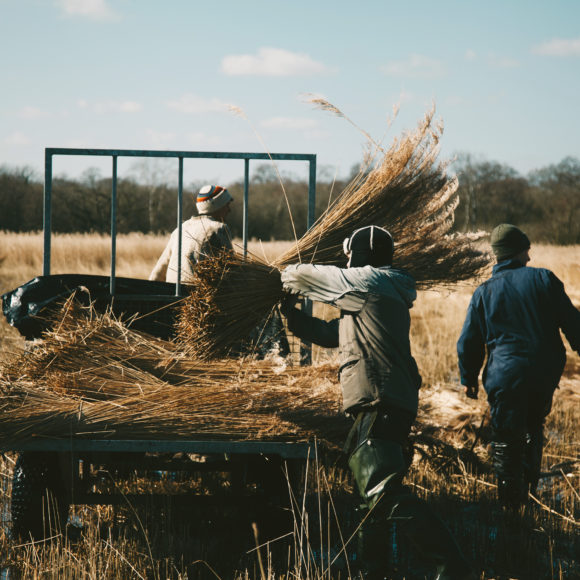
Helping landowners
We help farmers get grant money to increase biodiversity in their fields. Solutions include cutting fields later in the year to give plants more time to set seed. Hay meadows with a wide variety of different flowers are great habitats for insects, birds and other animals.